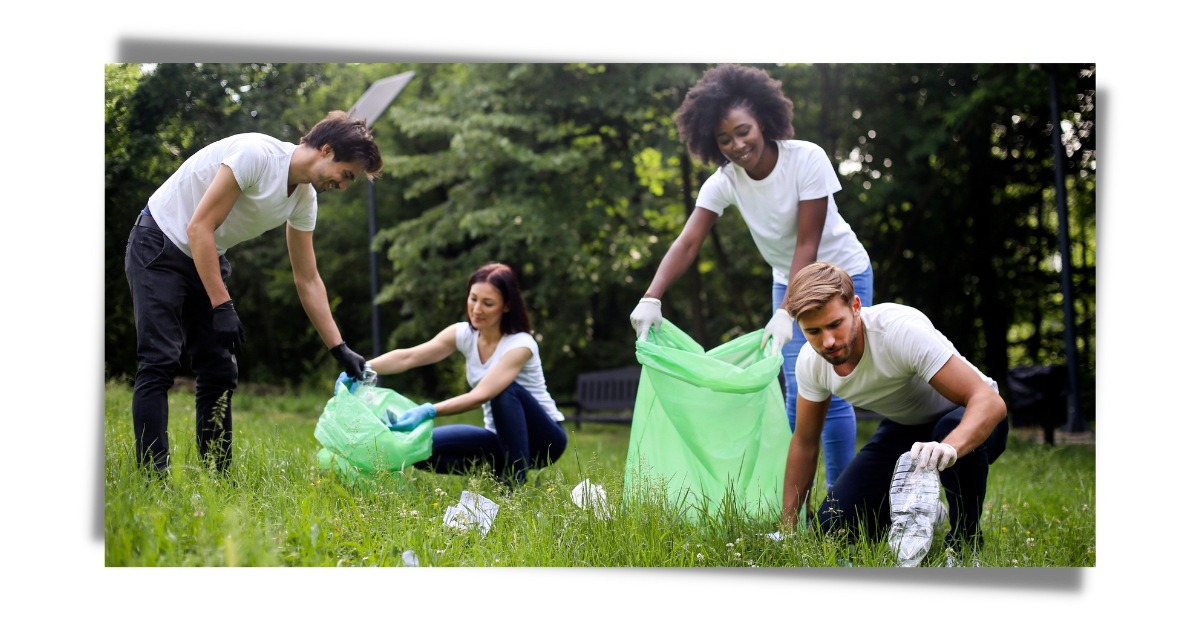Best Trash Data!
Spring is near and we cannot wait for the cleanups to begin!
During your cleanups this season we encourage you to consider the following data collection method.
Common item data should be the standard.
Our preliminary research, based on a survey of groups engaged in cleanups in Maryland, shows the most effective way to collect trash cleanup data to effect policy change is through “common items.”
What are “Common Items”?
Common items are the pieces of litter most commonly found in trash cleanups. These include cigarette butts, plastic bags and plastic bottles. Their abundance makes them easier to count and show the true problem within an area or throughout the state.
To make the data even more effective, we suggest focusing on “Policy Priority Items”
What are “Policy Priority Items”?
These are items related to a policy priority and collecting data about those items may influence specific policy decisions related to pollution in the near future. These policy changes may happen at the local or state level. Our policy priority items for 2023 are plastic grocery style bags and beverage containers.
To collect Common Items or Policy Priority Items we came up with a methodology called “Real-Time Recall.”
What is “Real-Time Recall”?
Real-time Recall is a method of collecting trash data where you ask volunteers to count a Common Item or a Policy Priority Item. At the end of the cleanup, volunteers are asked to recall how many of that item they collected.
I know what you are thinking,
How accurate is that?
Well, it proved to be pretty accurate. During our annual Cheers to Clean Water Cleanup, we tested the method by asking volunteers to count discarded plastic grocery style bags and, once counted, place the grocery bags in a large orange collection bag. At the end of the cleanup, we asked volunteers how many discarded plastic bags they collected. Then we dumped out the orange collection bags and counted ourselves. It turns out that volunteers either had the exact number or pretty close to it!
“Common items” should be the standard. If your organization can do more, we suggest counting “policy priority items.” If you can do even more, count the “number of bags,” and, if feasible the “weight of bags.”
Why count Number of Bags?
We understand the worry behind this metric. Counting a half full bag as one bag could tarnish the data. That is why we still recommend organizations use “common item” or “priority policy item” first. “Number of bags” can be a support metric to strengthen data.
“Number of bags” can still prove to be a valuable metric to show the amount of litter in an area, need for action, and influence policy decisions. In addition, the “weight of bags” can also be a useful metric.
Why take the Weight of Bags?
While there is also concern about this metric being skewed by waterlogged items and light plastic, the weight of bags is another help metric to strengthen data by showing the amount of litter in an area, the need for action and influencing policy decisions. Our volunteers have found the easiest way to determine the weight is by using a standard hand held luggage scale.
To recap, if you are doing a cleanup, please choose a “policy priority item” and use the “Real-Time Recall Method.” For 2023, those are plastic grocery style bags and beverage containers. If possible, please also count the total number of bags and weigh the bags. To make sure your data gets used in our policy advocacy efforts, please share your totals on social media with us at TrashFreeMd. Thank you! We will continue to research ways to make collection easier but in the meantime please consider using these methods to best standardize our data and influence real policy change!






